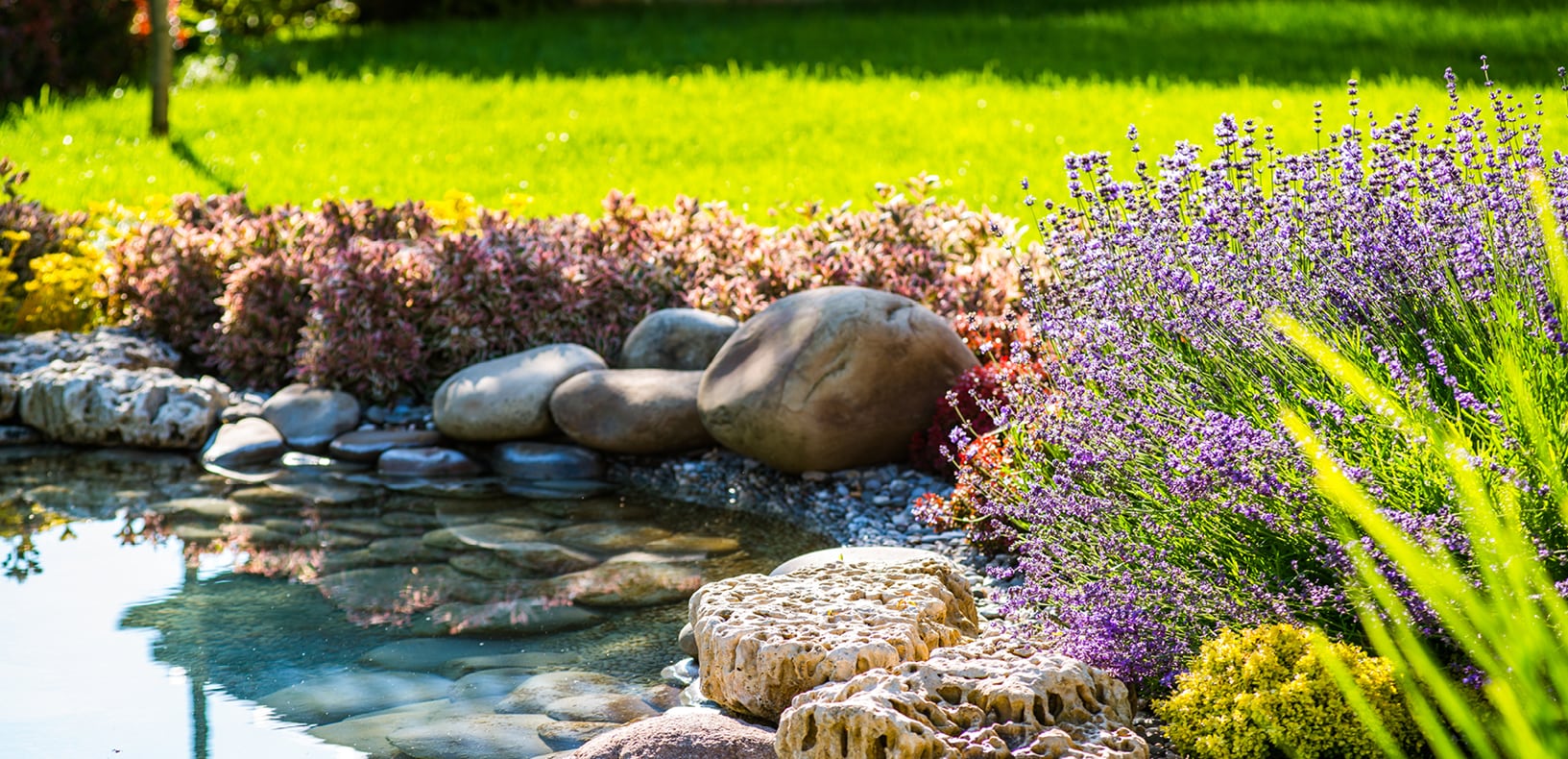You hear all the time that video marketing is an effective way to promote your listings and your business as a real estate professional. However, for many agents and brokers, it can be intimidating to consider launching a video presence online and on social media.
The good news? You don’t have to look like an influencer to be effective at video content creation and distribution. The key is to get started and to implement ongoing and consistent strategies so that you can feel good about the videos you’re making. Here’s how.
1. Show, Don’t Tell.
One key to using video effectively is to remember that it is a visual medium. Use its capacity for demonstrating everything from your skills to the features of your latest listing. Don’t tell people how great your neighborhood is. Get out there and take them on a tour of your favorite shopping area, park, or café.
Don’t tell people how well a home’s outdoor spaces function. Throw an impromptu cookout with the homeowners or with members of your staff. Think about the selling points of the home and highlight them for your viewers by interacting with the space.
2. Be a Producer, Not an Audience Member.
Many agents bring in a videographer and stand over to the side, moving a piece of furniture or opening blinds if asked to do so. However, you are the expert on the home and you know what sells in your market. Take over the role of producer and lay out a vision for the video shoot.
What time of day will the home show best? Should there be some shots at different times to highlight the home’s different vibes? Where are the best views? Where is the lighting the best? What must-have feature will people hope to see when they watch a video of the home? Only you have the expertise to answer these questions and provide leadership to your camera operator.
3. Employ Freelance Help As Needed.
You may not have a team to help you put together video marketing content for yourself and your listing. However, you can reach out to expert freelancers with help on individual tasks. Maybe you need a graphic designer to help you refine the look of your title cards or photo posts. Maybe you need a copywriter to help you with scripts and captions for your videos. Maybe you would benefit from a video editor to help improve the post-production for your videos. Take a look at other agents who use video skillfully, and then find a freelancer who can help you do the same.
4. Repurpose Video Across Platforms.
One video shoot can yield a host of options for repurposing. Don’t forget to capture a variety of content, including still photos, long and short videos, videos of the home with and without you in the frame, fun and serious videos, and photos. Consider the following:
- MLS: Unbranded video tours to accompany your property description and professional photography.
- YouTube: In-depth video tour of the listing, shorter promotional video for the listing, promotional video for you, promotional video for the neighborhood highlighting your expertise there.
- TikTok: Fun, irreverent videos highlighting your work as an agent, fun features of the home including luxury features, views, and outdoor spaces.
- Instagram: Still photos for posts, short videos highlighting different areas of the home for Stories, long-form tours, and other content for IGTV.
- Facebook: Live tours and open houses, long-form tours, photos and shorter videos for posts.
- Email: Shorter videos for Coming Soon emails and longer video tours for when the listing goes live. Consider adapting narration and captions with separate versions for buyers and buyer agents.
If you’re showing a particularly great property and you have the permission of the homeowner to do so, you may want to hire a second videographer to film you working with the primary videographer. This would make an ideal promotional video to show how you take control of the marketing of your properties and would work well for listing presentations or for Day in the Life social media content.
5. Optimize Video for Each Platform.
Understand what works for each platform where you’re posting video content. Some platforms lend themselves to long-form content while others favor short-and-sweet videos. Some are oriented horizontally while others are vertical. Some algorithms favor longer captions, hashtags, and other elements while others do not. Familiarize yourself with the features and capabilities of each platform to get the most out of your content and drive engagement.
6. Get Past Your Insecurities.
We all have things we’d like to change about ourselves. Maybe you don’t love your voice on video or maybe you never know what to do with your hands. Here’s the good news: the vast majority of the people who will watch your videos will not be focusing on any of the things that bother you. They’ll be looking at what you’re showing them.
As you get used to creating video content, you’ll find that many of the people who reach out to you will feel connected to you. They’ll mention that they feel as if they know you, and, because of this, they’ll want to work with you. You will probably be pleasantly surprised to find that far from judging or criticizing you, your followers and viewers will be much more likely to value you for the information you’re providing.
7. Practice Makes (Almost) Perfect.
There’s more good news when it comes to creating videos: the more you do it, the better you’ll get at it. Don’t believe it? Find your favorite YouTuber or Instagram influencer, and then scroll through to some of their older videos from when they were first starting out. You’ll be amazed at how different they look, how much better their production is, and how much more authentic and engaging they are on video now.
A year from now, you can still be dreading the idea of seeing yourself on video or you can be a year further along, with more skill and a more natural style of delivery. Get started today on that road of improvement and optimization so that you can reach a whole new audience and increase your effectiveness.




























